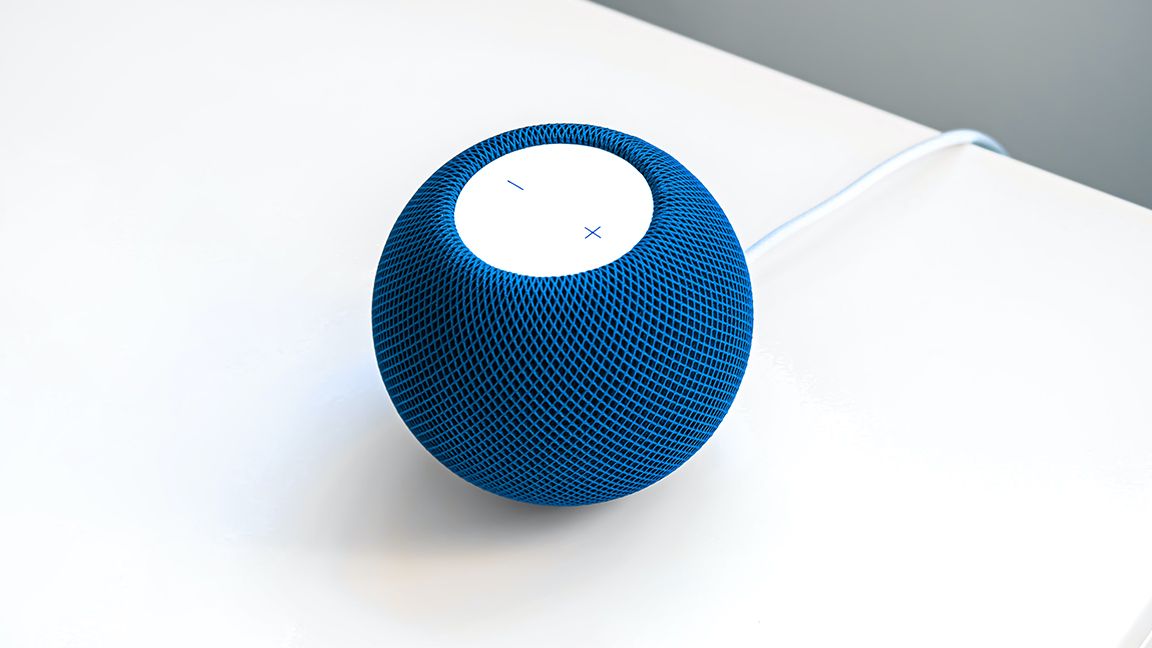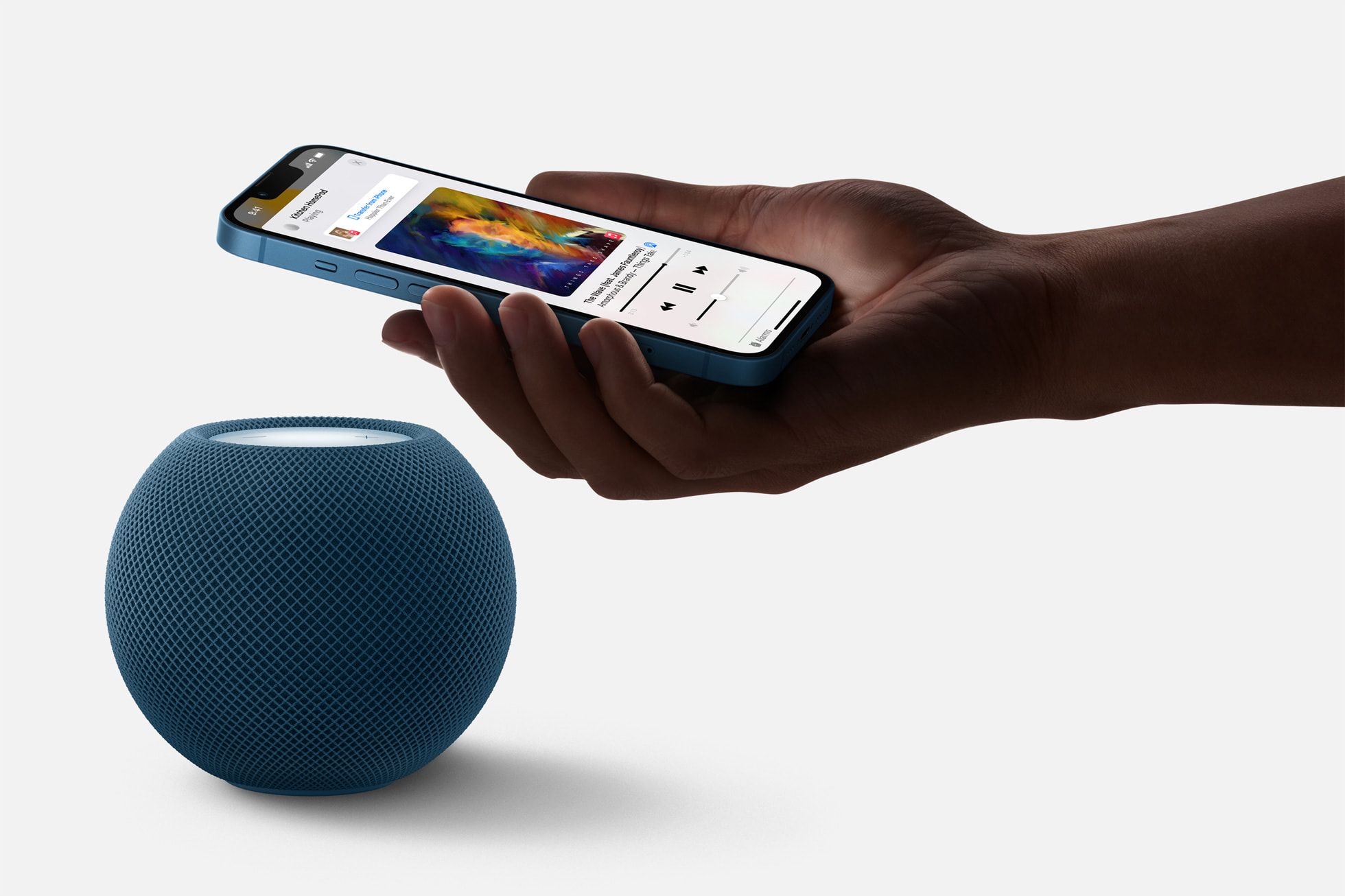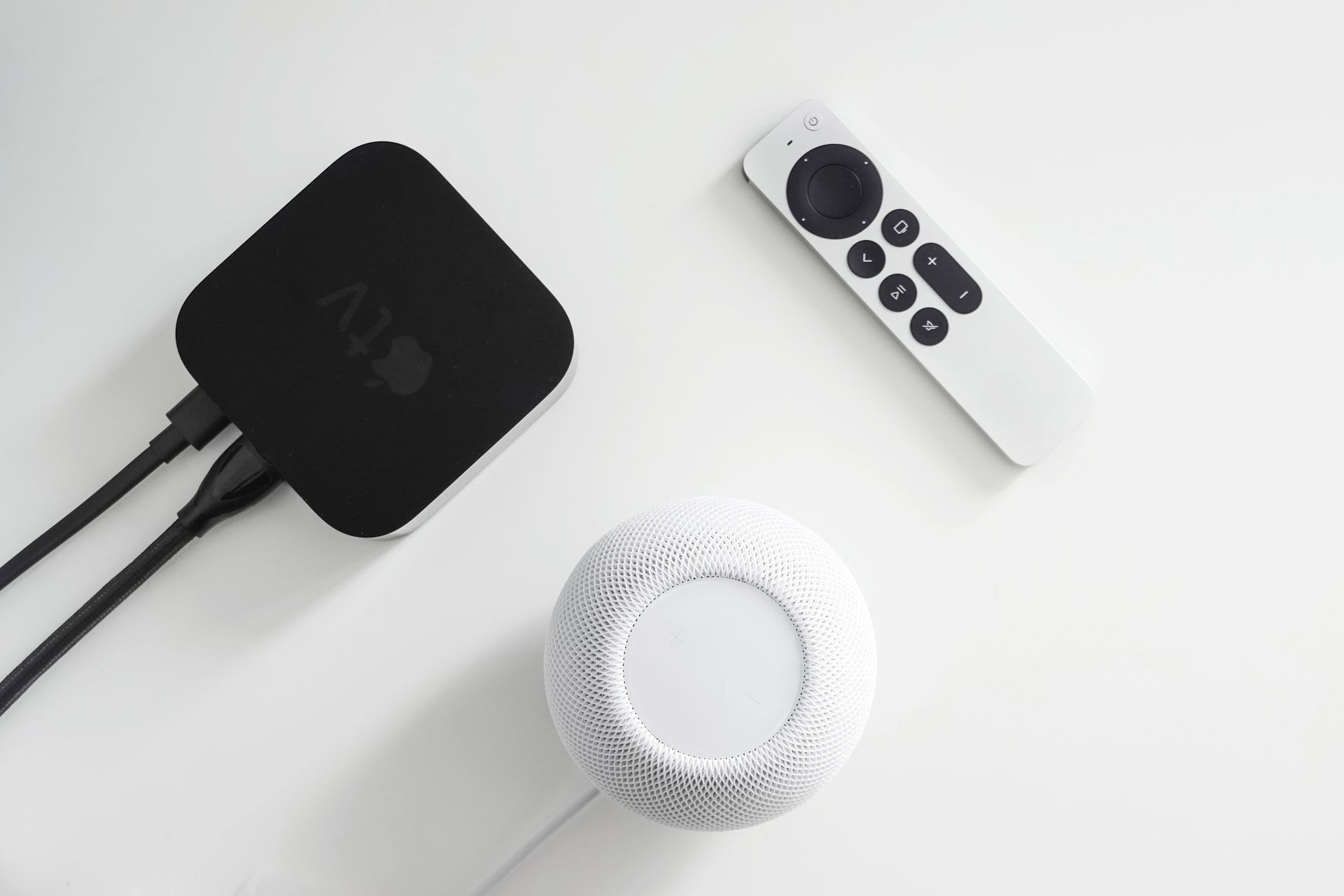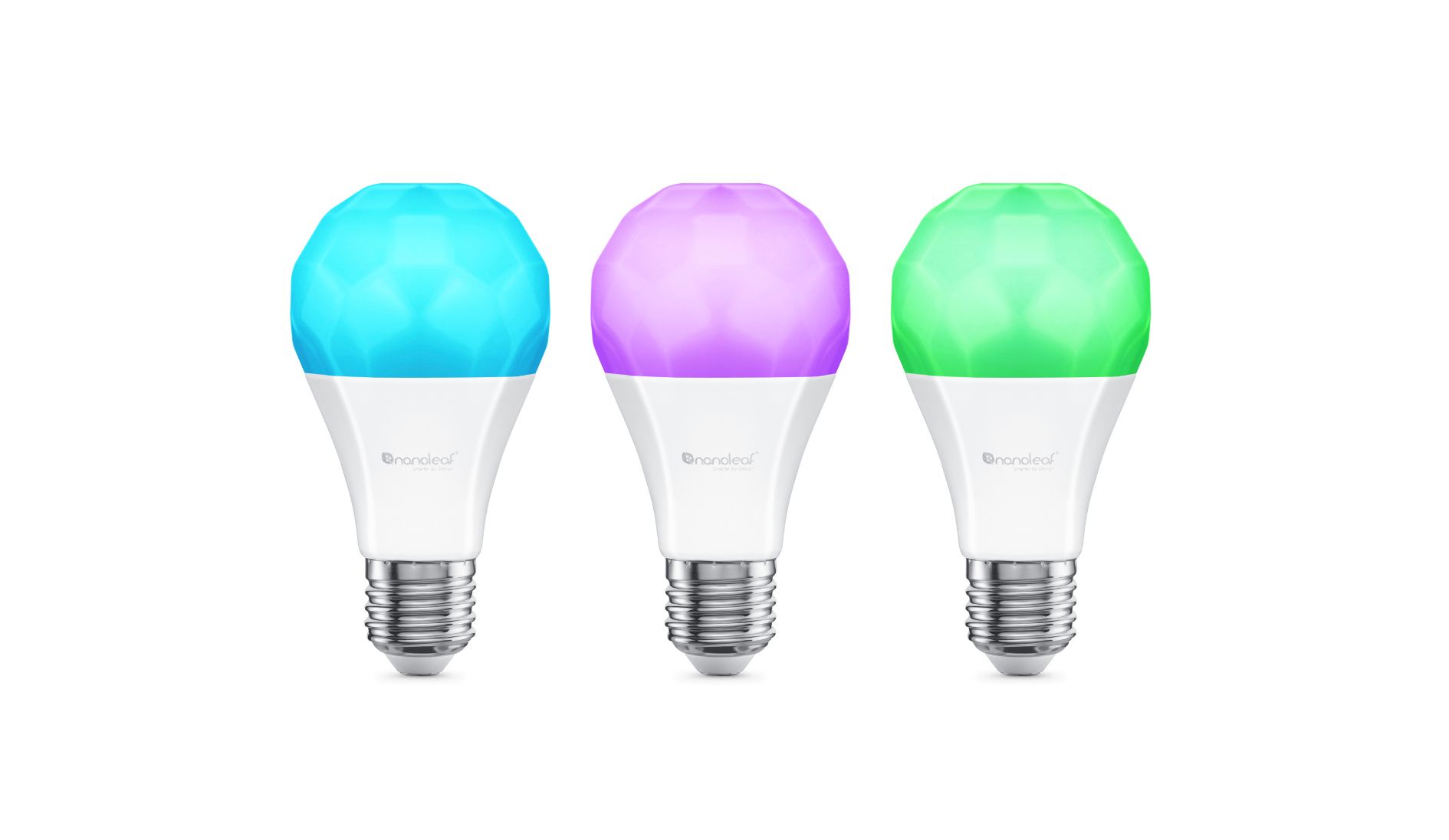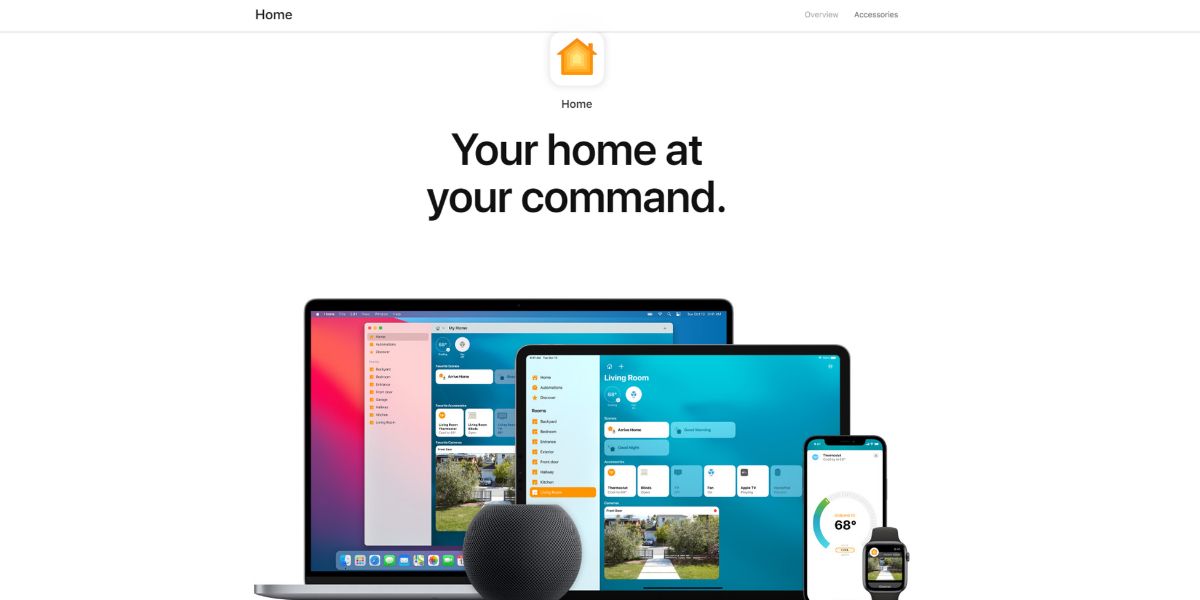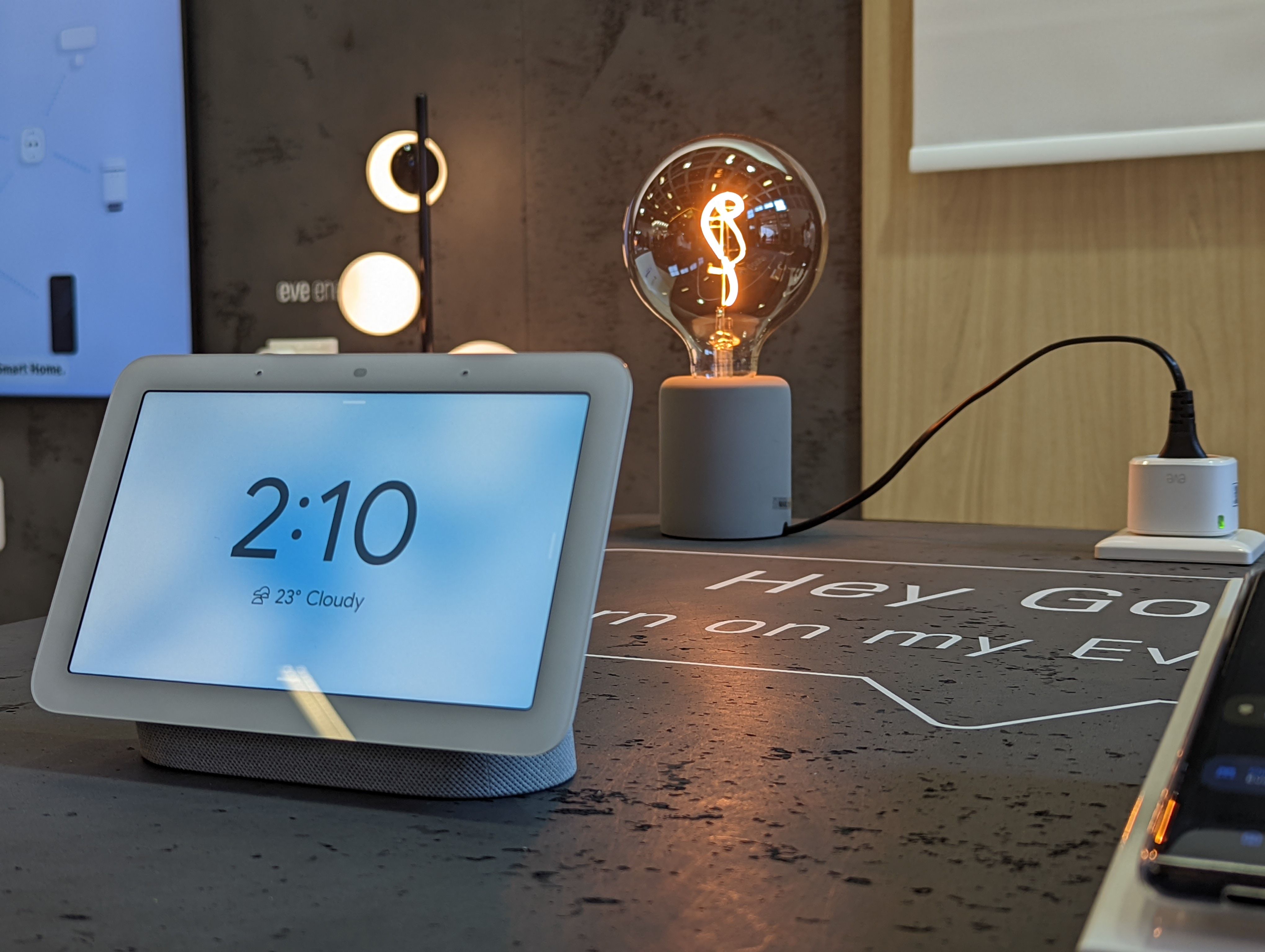If you’re a smart home fan, there’s a good chance you’ve contemplated which ecosystem to select from. Should you go for Amazon Alexa, Apple’s HomeKit, or Google Home?
If you’ve ever considered starting your smart home journey with the Apple HomeKit or maybe switching to it from another ecosystem, it might not entirely be a great idea. Here are some reasons why you should avoid Apple HomeKit.
1. Limited Smart Speaker Options
Smart speakers are typically deployed as the backbone of a smart home ecosystem. They serve the function of a hub, enabling interconnectivity between your smart home devices.
For manufacturers like Google and Amazon, you have several choices of smart speakers to choose from. They come in different shapes, sizes, and features. However, within the Apple HomeKit ecosystem, you’re essentially stuck with only one speaker model—the Apple HomePod mini.
Apple discontinued the larger HomePod speaker in March 2021 in favor of the HomePod Mini. So far, Apple has shown no signs of launching a HomePod model to complement the mini.
The Apple HomePod mini is comparable to speakers like the Google Nest Mini and Amazon Echo Dot, although it costs twice the price. This means Apple HomeKit doesn’t have speakers to match offerings like the Echo Show series from Amazon or Google’s Nest Hub Max.
2. Costly Ecosystem
Of the three major smart home ecosystems, Apple’s HomeKit is the most expensive to set up and manage. Get a $200 smartphone, a $50 Google Nest Mini, and a few smart home gadgets, and you’re off to a good start with Google’s Home ecosystem. Need Apple HomeKit? Well, using HomeKit requires an iPhone, iPad, or iPod touch that is powered by the latest version of iOS.
Of course, an iPhone or an iPad doesn’t come cheap. Also, starting from iOS 16 and iPadOS16, the Apple TV or HomePod mini is the preferred control hub within the HomeKit ecosystem.
The HomePod Mini is $99. Google’s Nest Mini and Amazon’s Echo Dot equivalent cost half that. To make the most of your smart home, you’d want to get as many smart speakers as possible into the right places. If you hunt down the right deals, you can get nine Echo Dots for the price of four HomePod mini speakers.
That’s not all. For a smart home device to be MFi certified, which is a standard for gadgets that can talk to HomeKit, such a device must have a special, Apple-recommended security chip. This chip is costly and adds extra costs to the production of HomeKit-compatible home appliances. This cost is likely pushed to the consumers. No matter the angle you look at it, HomeKit an expensive ecosystem.
3. Limited Number of Compatible Devices
HomeKit isn’t as popular as its competitors. Although the number of brands that make HomeKit-compatible devices continues to grow, HomeKit is still far behind. According to Statista, Amazon’s Alexa ecosystem is compatible with around 100,000 smart home devices.
That’s a lot by all standards. Apple’s HomeKit can only muster compatibility with a few hundred brands.
At the fundamental level, requirements to join the HomeKit-compatible club are a bit more stringent which is typical of Apple’s walled-garden approach to building technology. This has its advantages, but it also keeps a lot of useful smart gadgets from being interoperable with HomeKit.
4. Slow Pace of Innovation
While Apple has been mocked for lacking innovation with some of its products like the iPhone, that’s quite debatable. However, Apple’s slow pace of innovation isn’t quite debatable when it comes to the story of its sojourn in the world of smart speakers and home automation.
The HomePod mini hasn’t evolved as much as consumers would love. Apple hasn’t really done anything spectacularly different from what competing brands like Sonos and Amazon have accomplished.
As of September 2022, Apple still doesn’t have a speaker with a screen like the Echo Show series or the Nest Hub Max. Google and Amazon have had these models for years and are currently fitting them with exciting features like the Look and Talk feature deployed on the Nest Hub Max. The HomePod mini is a good speaker for its size, but it’s desperately in need of upgrades.
5. Overall Performance
Since Apple pulled the plug on the larger HomePod speaker, its competing power within the smart home space hasn’t been that great. Since the HomePod mini is the only option for the HomeKit ecosystem, it’s hard to put a tiny speaker against bigger, more advanced models offered by Google, Amazon, and Sonos.
There’s also the issue of the virtual assistant. Siri is smart. However, it still falls short when it goes against the likes of Alexa and Google Assistant.
In terms of accuracy in answering questions, Siri came behind Alexa in our in-house virtual assistant test. In a test conducted by Loup Ventures, using a different questioning technique, Siri still played second fiddle, this time, to Google Assistant. Whether you’re an Apple fan or not, once you look at things objectively, it is easy to see that the HomePod mini and Apple’s virtual assistant, Siri, fall behind in several metrics.
6. Apple Is Not Making Much Smart Home Hardware
If you’re serious about making the best products, you need to build the hardware that runs your software. This has been Apple’s philosophy from its early years and Steve Jobs made it clear during the January 2007 unveiling of the iPhone.
Apple does this with most of its product line, not so much for the HomeKit. Yes, Apple builds the HomePod mini. But have you met Amazon’s Alexa ecosystem? Amazon makes the bulk of its hardware. From smart thermostats, plugs, and cameras, to seemingly trivial things like a soap dispenser.
This isn’t about who makes the most smart gadgets. It is about ensuring seamless compatibility and quality across all the interoperable smart gadgets within an ecosystem.
Apple depends heavily on third-party hardware to keep the HomeKit ecosystem afloat. For a lot of people using HomeKit, there’s a good chance that almost everything on their Home app is made by different manufacturers. You’d seldom find things that work just right. For some products, interoperability is a complete mess and timely software update is wishful thinking.
Do you want to walk into a store and pick a smart gadget that you know will just work with HomeKit when you plug it in? Not happening. Buying products with a HomeKit sticker doesn’t mean it will just work. Also, being HomeKit-compatible isn’t necessarily a seal of quality from Apple.
Apple’s HomeKit Isn’t There Yet
Apple hasn’t really hit the right chord with HomeKit. Although we would love to believe that Apple has the resources to usurp the progress made by its competitors, Google and Amazon, for now, are clearly ahead. Worst off, we suspect that this will be the case for a long time.
If you find yourself stuck within the Apple ecosystem, HomeKit isn’t disappointing in all metrics. It does have its good points. However, if you have the option of choosing, HomeKit might not be the best choice for you.


